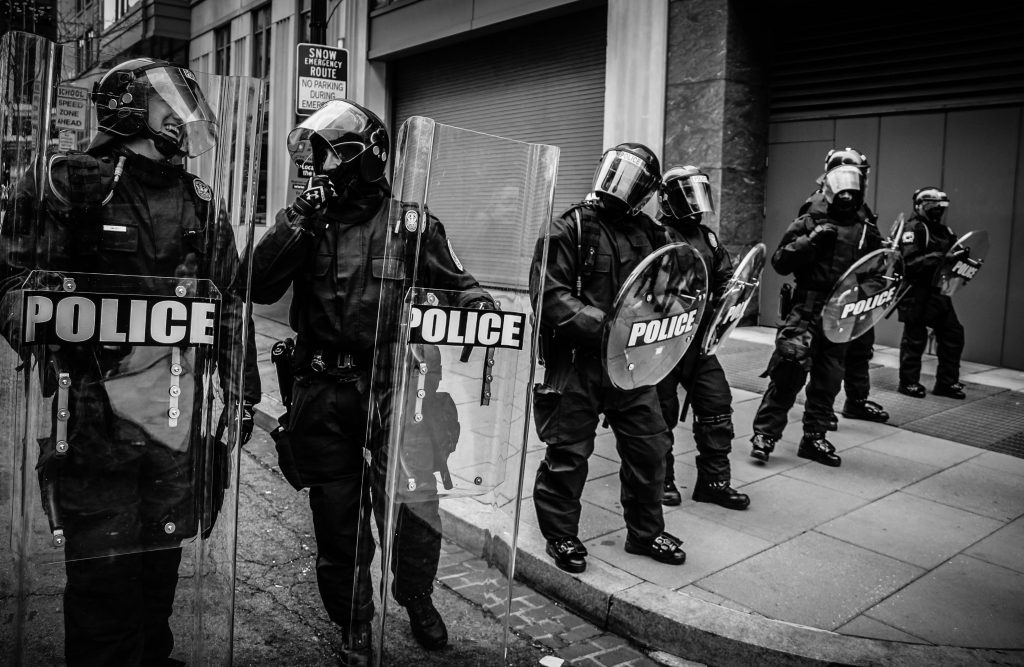
Feb. 15, 2018 – The dateline for this article has been updated several times since its original publication in 2011.
Terror in the streets and violence in our schools repeatedly spark a search for help. What can we do, how can we talk to our children about the scary events we all may see in the news? Again, in light of recent events, we offer these few suggestions to help parents consider how to begin these conversations with their children. It’s sometimes overwhelming for us as adults to witness the stories of war, natural disaster or crime that fill the daily newscast. For kids, exposure to these images and information can be unsettling and traumatic. But often these stories can provide an important lesson, if parents can help interpret the events in an age-appropriate way for their children.
Let’s keep these things in mind as we watch the news together with our kids:
Limit the exposure.
The news is a 24-hour business, and major events are shown repeatedly. Seeing the scenes again and again might lead children to believe that traumatic events are an everyday occurrence. All of us, but particularly children, have a limit to the graphic images we can tolerate. Turn off the TV and limit exposure to images and sounds that may upset children.
Explain what happened.
If your child asks for an explanation to something they see, use language and words he or she can easily understand. Explain the basics – just what’s appropriate for their age level. For young children, what they see on TV they understand to be happening nearby. Help them understand that the news they see may be occurring half a world away.
Keep calm.
Your children will look to you for guidance in the event of upsetting news. If they are upset, acknowledge their fears and reassure them that you will do everything you can to keep them safe.
Take their fears seriously.
Don’t ignore or laugh off your children’s concerns. If their behavior changes after seeing or hearing about a major news event, they may be trying to process the information. Encourage your child to talk about what they are thinking. Hearing their perspective will help you decide how much information you want to share. Then help them understand that their fears and concerns are normal by sharing how you felt when you heard about the event.
Learn together.
Some older children may want to learn more about the event or its underlying causes. It may help relieve their fears to understand what causes an earthquake or tornado, for example.
Keep your regular schedule.
If your child is upset by an event they saw in the news, keep your day-to-day schedule as normal and routine as possible. If bedtime or leaving for school becomes difficult transitions for your child, spend some extra time to help her for a few days.
Encourage play.
Play is kids’ way to work through lots of things, including fears and worries. If your child re-enacts the news, pretending to be a firefighter or EMT, encourage it. Step in only if playtime gets aggressive toward other children.
Look for the positive.
Look for the positive parts of unsettling news. Talk with your children about the people who come to help those in trouble instead of focusing on the negative aspects of the event.
Be part of the solution.
The response to any event should spark a conversation about how you and your children can help. Can you donate money or time, or get involved in efforts to find a cure or solution to the problem? Use the news to help your children find ways to connect with the world and help make it better.
If your child, or yourself, still struggles to come to grips with difficult circumstances, seek out help through professional assistance. Your school’s guidance office can tell you what support the school may be offering to all students in the wake of tragic events. Speak with your family physician or clergy member for help if you need it.
 Skip to Content
Skip to Content Capital Region BOCES
Capital Region BOCES


